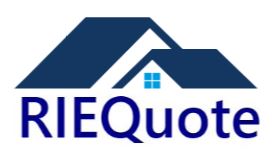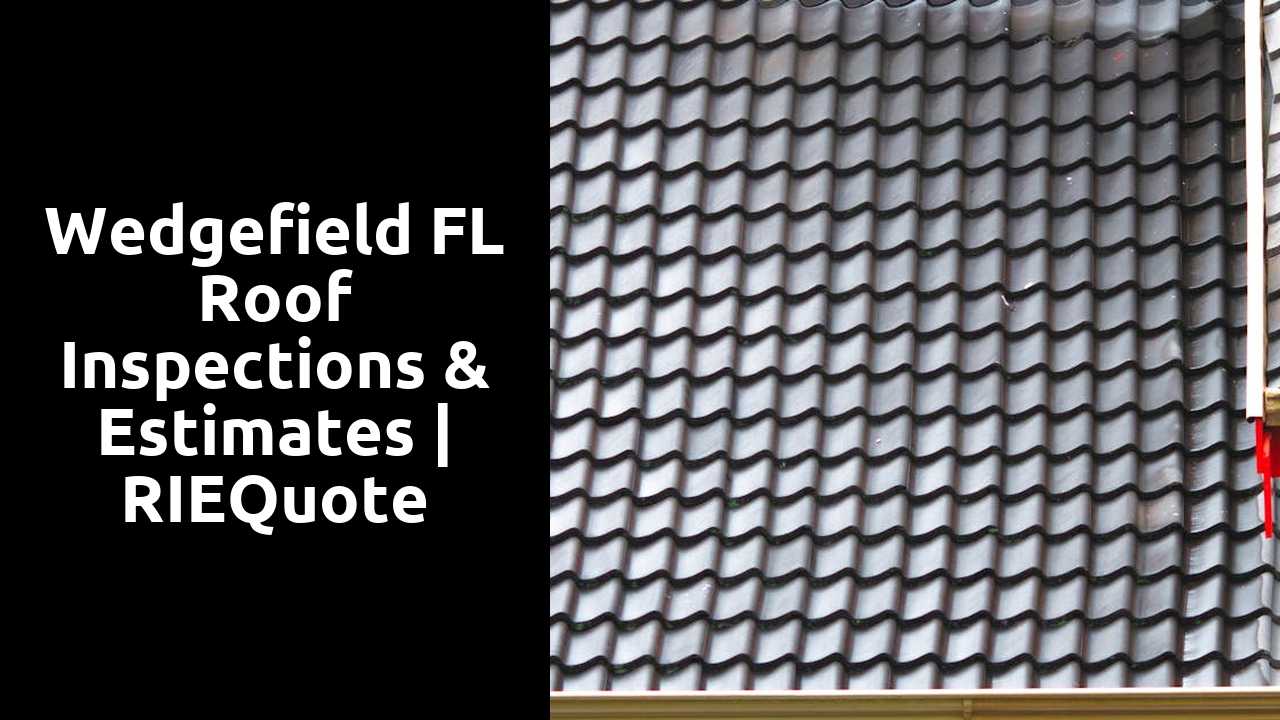Types of Roof Inspections Available
Roof inspections can vary widely depending on the specific needs of a property and the condition of the roof. Key types include visual inspections, which provide a quick assessment by examining visible components, and comprehensive inspections, which are more detailed and often involve a close examination of the roof’s structure, materials, and potential weak points. These inspections are crucial not only for ongoing maintenance but also for real estate transactions to identify any issues before a deal is made. REIQuote Wedgefield FL
When opting for roof inspections, homeowners can expect thorough evaluations that may address various areas. For example, standard roof inspections often focus on drainage systems, shingle conditions, and potential leaks. Some service providers may offer specialized inspections, targeting specific concerns like storm damage or age-related wear. Understanding the type of inspection needed will help ensure that the roof remains in optimal condition for years to come.
Overview of Visual and Comprehensive Inspections
Roof inspections play a vital role in maintaining the integrity of a home. Visual inspections primarily focus on assessing the outer aspects of the roof. Inspectors evaluate shingles, flashing, and gutters for any signs of wear or damage. This type of inspection is often the first step in identifying potential issues and may help homeowners determine if further action is necessary. A visual assessment generally takes less time, serves as a useful screening method, and provides a preliminary evaluation.
Comprehensive inspections offer a more in-depth analysis. This method not only examines the visible aspects of the roof but also involves investigating the underlying structures. Inspectors may examine insulation, ventilation, and even the attic space to ensure everything is functioning correctly. Comprehensive inspections are crucial for detecting hidden problems like leaks or structural weaknesses that could lead to costly repairs if left unaddressed. Homeowners benefit from thorough documentation of the inspection findings, which can guide future maintenance decisions or roof replacement considerations.
What to Expect During a Roof Inspection
During a roof inspection, homeowners should anticipate a thorough assessment of their roof’s condition conducted by a qualified professional. Inspectors examine various components, including shingles, flashing, gutters, and ventilation systems. The focus is on identifying any signs of damage, leaks, or wear and tear. This visual examination is essential for determining the immediate state of the roof and for planning any necessary maintenance or repairs.
Each inspection typically involves a comprehensive look at both the interior and exterior aspects of the home. Inspectors may enter the attic to check for moisture, insulation issues, or signs of compromised structural integrity. Clients can expect a detailed report summarizing the inspector’s findings, which can include recommendations for repairs and estimates for future work. Understanding this process helps homeowners make informed decisions about roof maintenance and any necessary improvements.
Step-by-Step Process Explained
A professional roof inspection begins with a thorough visual assessment of the exterior. Inspectors assess the roof’s overall condition, checking for signs of wear, damage, or leaks that could affect its longevity. They examine specific areas such as shingles, flashing, gutters, and vents to identify any potential issues that may require repair or replacement. The inspection often involves checking the attic space for any signs of water intrusion or structural damage as well.
Once the visual inspection is complete, a comprehensive report is generated. This report typically includes photographs and detailed descriptions of the findings, along with recommendations for necessary repairs or maintenance. Homeowners can expect clear communication regarding the scope of work needed and associated costs. This step-by-step process ensures that the homeowner understands their roof’s condition and feels confident in the decisions regarding upkeep and investment in future repairs.
- Inspect the roof’s surfaces for visible damage or wear.
- Check flashing around chimneys and vents for signs of deterioration.
- Assess the condition of gutters and downspouts to ensure proper drainage.
- Examine the attic for moisture or structural issues caused by leaks.
- Document findings with photographs for reference in the report.
- Provide cost estimates and schedules for any recommended repairs.
- Communicate clearly with homeowners about necessary actions and expectations.
FAQS
Why are roof inspections important in Wedgefield, FL?
Roof inspections in Wedgefield, FL are crucial for identifying potential issues, ensuring the longevity of your roof, and maintaining your home’s value. Regular inspections can help catch problems early, saving you money on repairs.
What types of roof inspections are available through RIEQuote in Wedgefield, FL?
RIEQuote offers both visual and comprehensive roof inspections in Wedgefield, FL. Visual inspections provide a quick overview of your roof’s condition, while comprehensive inspections involve a detailed examination to assess any underlying issues.
How long does a roof inspection take in Wedgefield, FL?
The duration of a roof inspection in Wedgefield, FL can vary based on the type and size of the roof, but typically, a visual inspection lasts about 30 minutes to an hour, while a comprehensive inspection may take several hours.
What should I expect during a roof inspection in Wedgefield, FL?
During a roof inspection in Wedgefield, FL, you can expect a thorough assessment of your roof’s condition, including an evaluation of shingles, flashing, gutters, and any signs of damage or wear. The inspector will provide a detailed report and estimates for any necessary repairs.
How can I get an estimate for roof repair or replacement in Wedgefield, FL?
To get an estimate for roof repair or replacement in Wedgefield, FL, simply contact RIEQuote to schedule an inspection. After the inspection, you’ll receive a detailed estimate based on the condition of your roof and the recommended repairs.

